lifestyle/August 8, 2023
The Complete List of UNESCO World Heritage Sites in Malaysia
There are over 1,000 World Heritage Sites recognised by UNESCO. 5 of them are in Malaysia.
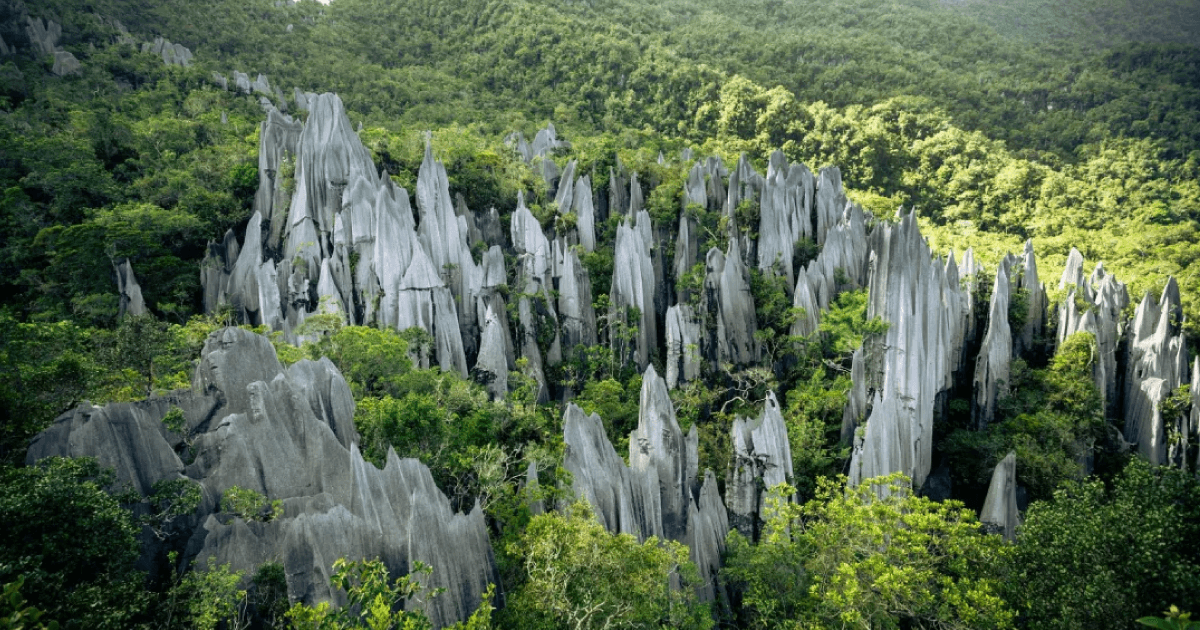
With her vibrant cultural heritage and mesmerising natural wonders, Malaysia has 4 UNESCO World Heritage Sites to her name. Here's the list.
A UNESCO World Heritage Site is an area of cultural, historical, scientific, or natural significance that is designated by the United Nations Educational, Scientific and Cultural Organization (UNESCO). Spanning ancient ruins, historic buildings, natural landscapes, and cultural landmarks, these sites are considered to be of "outstanding value to humanity" and are protected to ensure their preservation for future generations.
As of January 2023, there are 1,157 UNESCO World Heritage Sites spread across 167 countries.
Malaysia currently has 5 sites that are recognised by UNESCO, and you might be surprised by the ones on the Tentative List! Which of these sites do you know or have visited?
1. Archaeological Heritage of the Lenggong Valley

Located in the state of Perak, Lenggong Valley is home to four clusters of archaeological sites that trace back almost 2 million years. It is a treasure trove of prehistoric relics, with discoveries that have rewritten history. There is an ancient meteorite impact site where early humans once lived. In 1987, Kota Tampan was found to have Palaeolithic tools, the earliest record of human invention. Perak Man, the most well-preserved skeleton of Southeast Asia’s earliest man, was unearthed here in 1991. In many ways, it is like an open-air museum.
Yet despite its status as a UNESCO World Heritage Site, Lenggong Valley is still relatively unknown to the world. It is also filled beautiful fields, waterfalls, lakes and villages with their own charm and untold stories.
Explore Lenggong Valley in our 360° virtual guidebook.
2. Melaka and George Town, Historic Cities of the Straits of Malacca
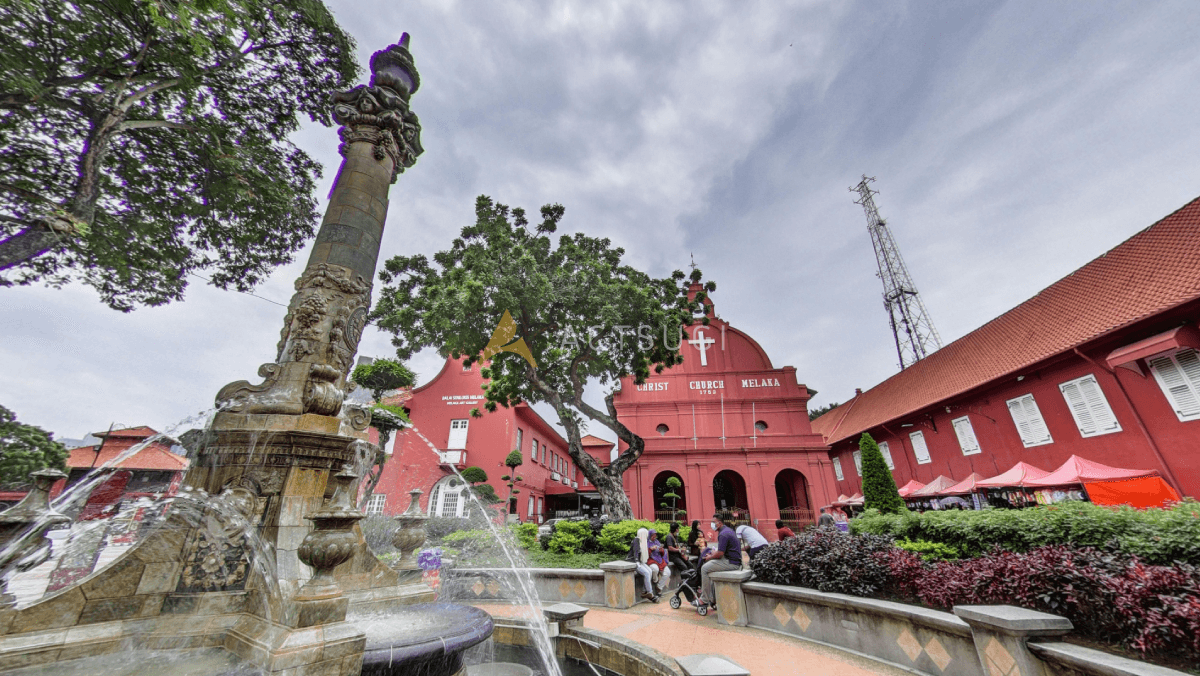
As the surviving city centres on the historic trade route along the Straits of Malacca, Melaka and George Town in Penang share this UNESCO World Heritage status since 2008. These two towns are filled with colonial buildings and old-world shophouses, a legacy of its 500 years of trade and cultural exchange.
More significantly, both Melaka and Georgetown display a unique multicultural heritage that has influenced the architecture, townscape and cultural landscape. Both towns are home to the Peranakans, locally born communities of mixed ethnic ancestry that trace back to the 15th century.
Today, Melaka and Georgetown continue to fascinate visitors from around the world with their East-meets-West architecture, delicious food, and lively cultural heritage. The state of Penang celebrates George Town World Heritage Day on 7 July every year.
Explore George Town, Penang in our 360° virtual guidebook.
Explore Melaka in our 360° virtual guidebook.
3. Gunung Mulu National Park

Surrounded by a pristine tropical rainforest in Sarawak, Gunung Mulu National Park earned its UNESCO World Heritage Status due to its dramatic limestone karsts, rich biodiversity and beautiful caves.
There are 295km of explored caves chambers within the natural wonder. Among others, the national park is home to Clearwater Cave (Southeast Asia’s longest cave), the Sarawak Chamber (largest underground cave) and Deer Cave (world’s largest cave passage).
Gunung Mulu National Park also boasts an exceptional myraid of flora and fauna, including rare and endemic species. It has 17 vegetation zones that support over 2,000 flowering plant species and over 2,000 non-flowering plant species. It is currently found to have 116 mammals and over 20,000 types of invertebrates.
4. Kinabalu Park
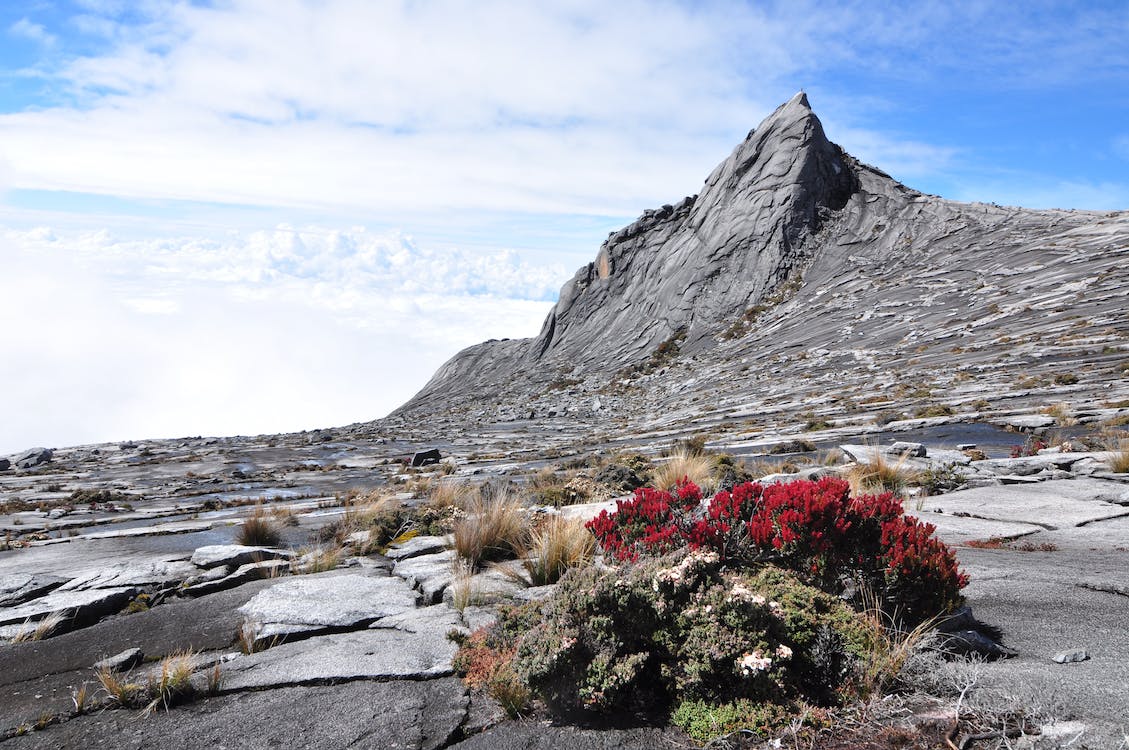
Located in the state of Sabah, the centrepiece of Kinabalu Park is Mount Kinabalu, the highest peak in Malaysia at 4,095 metres. To this day, it is a popular spot for hiking enthusiasts and anyone with a heart of steel.
With rich habitats ranging from tropical lowlands to montane forests, sub-alpine meadows and the mountain peak, the park boasts over 5,000 plant species, 90 lowland mammal species, 22 montane mammal species and 326 bird species.
5. The Archaeological Heritage of Niah National Park’s Caves Complex
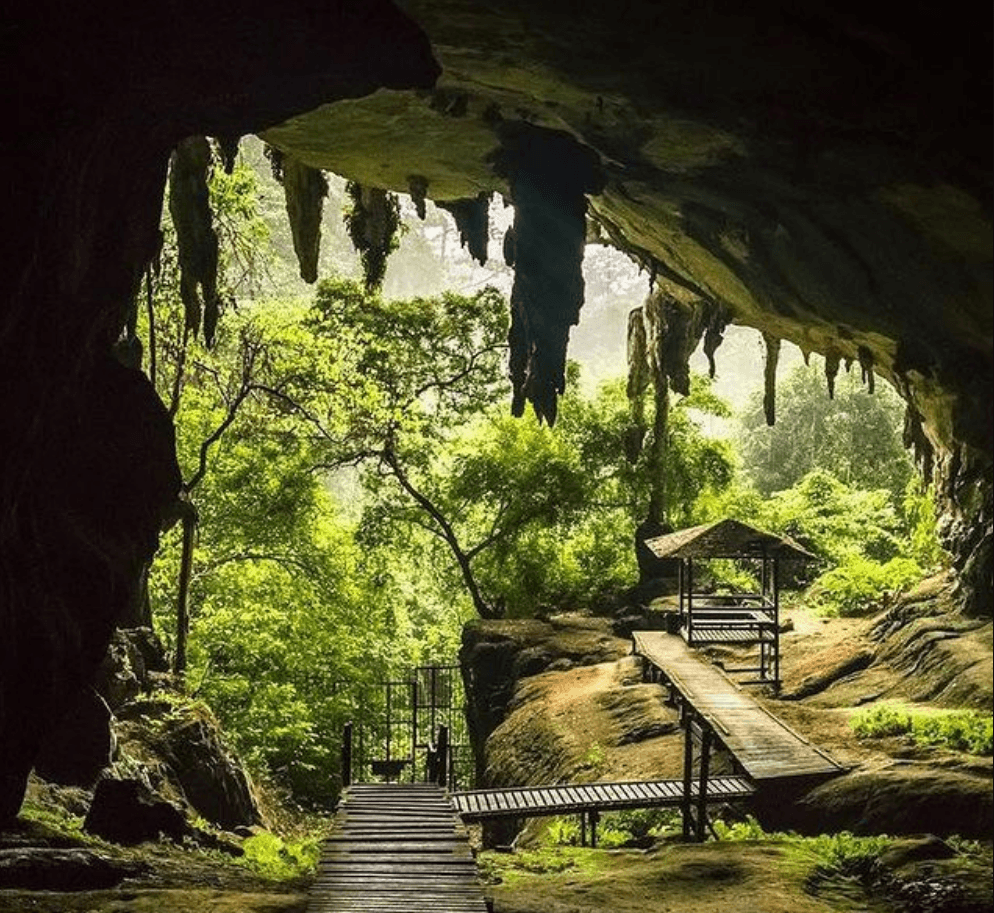
Niah National Park is the latest to join the ranks of the UNESCO World Heritage Sites in Malaysia in July 2024. Within its impressive caves, there has been important archaeological discoveries such as human burials and prehistoric cave paintings. A valuable Palaeolithic human skull called the 'Deep Skull' was recovered in the West Mouth, estimated to be at least 40,000 years old. The fossils here offer a glimpse into early prehistory in Southeast Asia.
The caves in Niah National Park are also known for its supply of bird's nest, which are highly regarded for its health properties.
Tentative Heritage Sites
1. National Park (Taman Negara) of Peninsular Malaysia
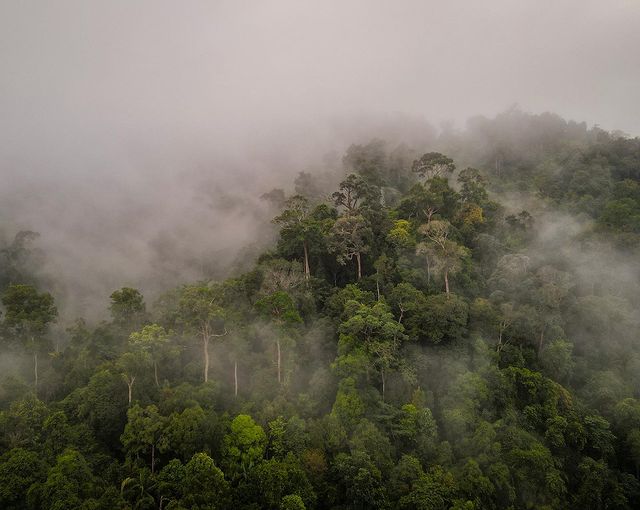
Established in 1938 as the King George V National Park, this magnificent rainforest is spread across three states in Peninsular Malaysia - Pahang, Terengganu and Kelantan. It was renamed to Taman Negara after the Independence of Malaya. At a whopping 130 million years old, it is the world’s oldest tropical rainforest with lowland dipterocarp and montane vegetation.
Among the many species in the park, there are over 10,000 plants, 675 birds, 25,000 invertebrates, 150,000 insects, 200 mammals and 250 freshwaer fish including a protected species called ikan kelah. In 1984, Taman Negara was declared an ASEAN Heritage Park.
Taman Negara is popular for a great outdoor escape, with activities such as hiking, wildlife spotting, rapid shooting, waterfall exploration and visits to Orang Asli villages.
2. Gombak Selangor Quartz Ridge
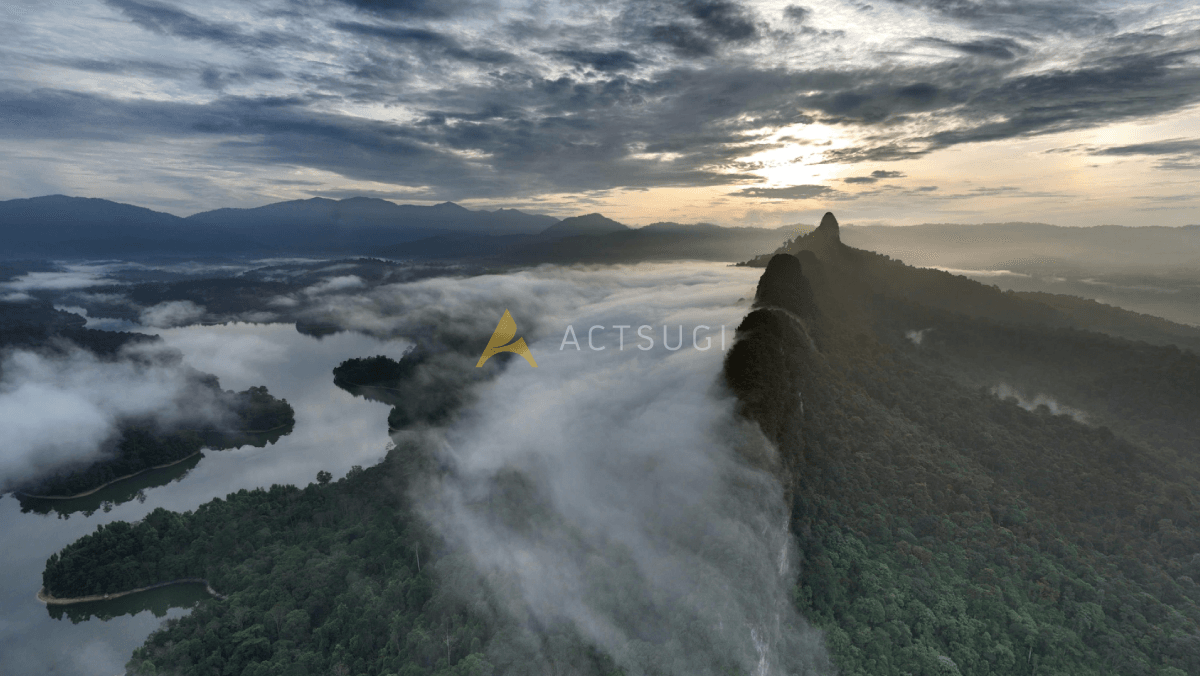
The Gombak Selangor Quartz Ridge is the longest quartz ridge in Malaysia and Southeast Asia, with a length of 14km and width of 200m. Its unique topology earned it the nickname 'The Dragon's Backbone'.
Tucked next to the city, it is one of Selangor state's spectacular and unique geosites. The surrounding rainforest is a biodiversity hotspot for many animals including endangered species like the pangolin, sun bears, tapir and tigers.
Explore Selangor's geosites in our 360° virtual guidebook.
3. Royal Belum State Park
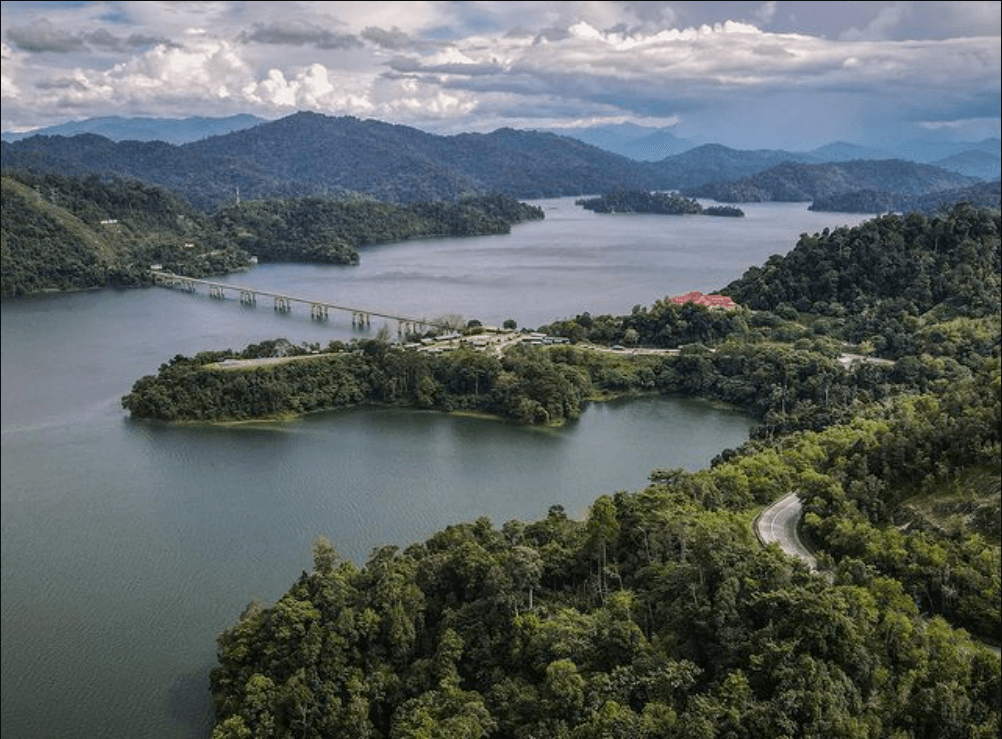
Located on the Western Belt of Peninsular Malaysia, Royal Belum State Park is believed to be around 130 million years old. This beautifully untouched park is home to the iconic Rafflesia (the largest flower in the world) as well as 10 hornbill species, the highest number in Malaysia.
Within the national park, there are vast jungles, waterfalls, Jahai indigenous villages, salt licks and Malaysia's second-largest manmade lake, Temenggor Lake.
4. FRIM Selangor Forest Park

Spanning 544 hectares, Forest Research Institute Malaysia (FRIM) is the world’s largest and oldest manmade rainforest. Not only does FRIM boast a rich habitat for flora and fauna, it is one of the world's leading centres for tropical forestry research.
A mere 16km away from Kuala Lumpur, FRIM has many attractions that cater to nature enthusiasts Campsites, hiking trails, botanic gardens and the towering Forest Skywalk await.
5. Sungai Buloh Leprosarium
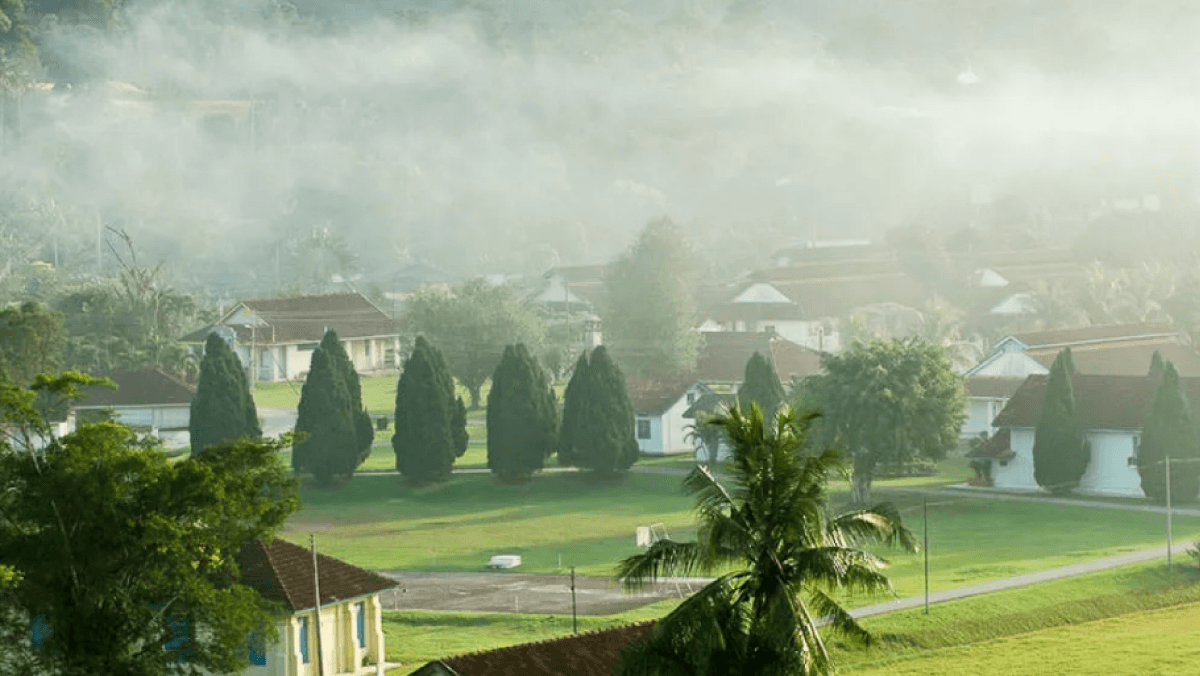
Did you know that the second largest leprosy research institutions in the world is in Malaysia? The Sungai Buloh Leprosarium was built in 1930 and became a global research centre for leprosy.
The Sungai Buloh Leprosarium was nominated due to its unique model as a liberated human settlement, resembling a little village with modern amenities.
Back in the day, there were 2,440 patients living here, and now only around 200 former patients remain. The locals today call it the Valley of Hope, and some people visit it to learn about the stories of those who lived and still continue to live here.
Cultural Preservation Through Virtual Tours
Virtual tour offers an innovative medium to safeguard unique cultural and natural sites. By capturing a moment in time, it allows people to learn about these destinations through an immersive experience, while raising public awareness on the importance of protecting these sites. At Actsugi, we believe that virtual tour technology can be a powerful tool in line with UNESCO's mission to preserve cultural and natural heritage for future generations. Get in touch with us to develop a virtual tour for cultural preservation.
Related virtual tours
Lenggong Valley: Asia's Secret Heritage Site Virtual Expedition
Visit Actsugi for 360° virtual tour technology
and digital transformation services.
Latest Posts
Subscribe to our newsletter
Reach out to make your idea or project a reality
Please use the contact form to schedule a call and demo. Please include as many details
as possible about your project so that we can serve you better. Kindly use your company contact
details as this would speed up our research and follow up accurately.

